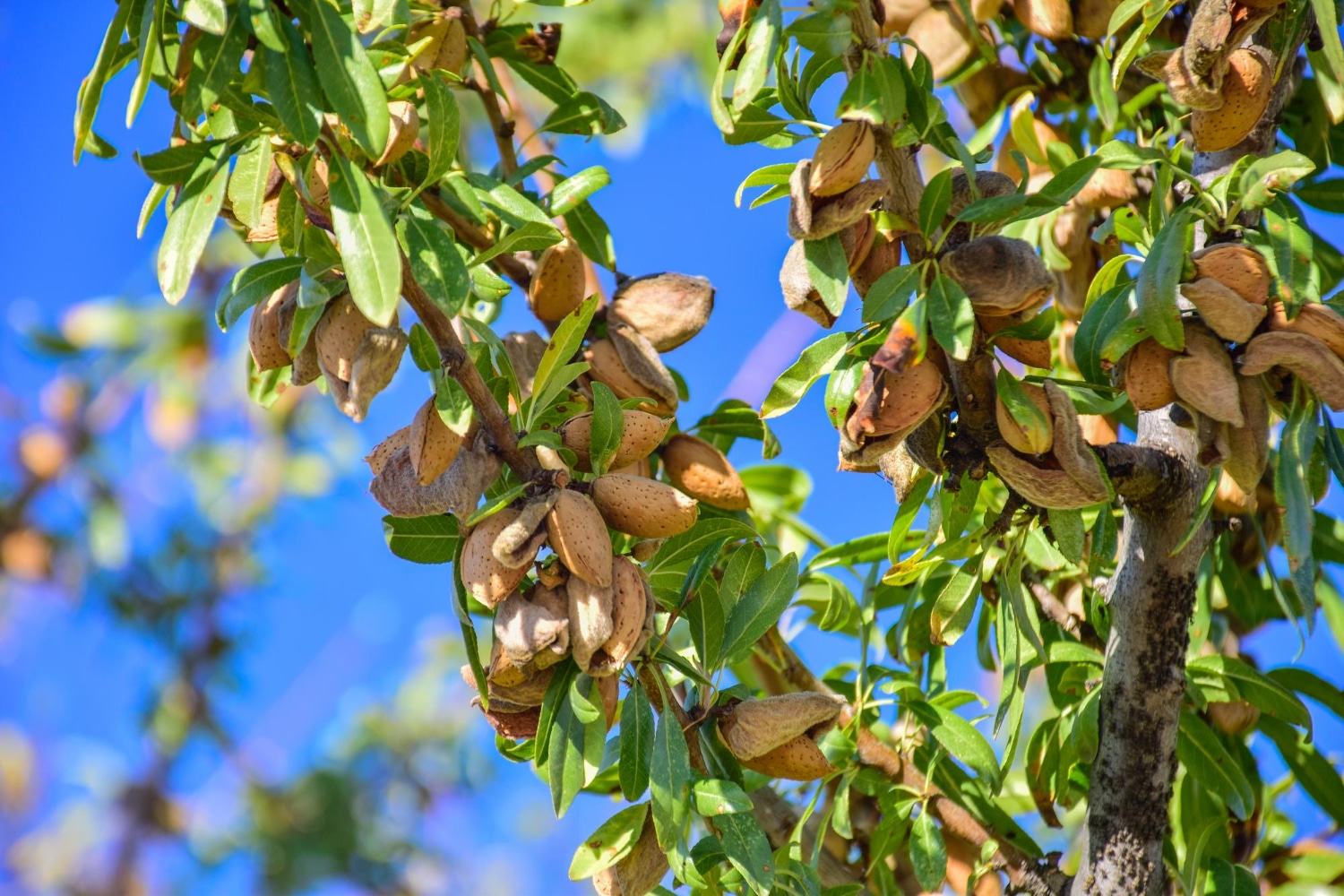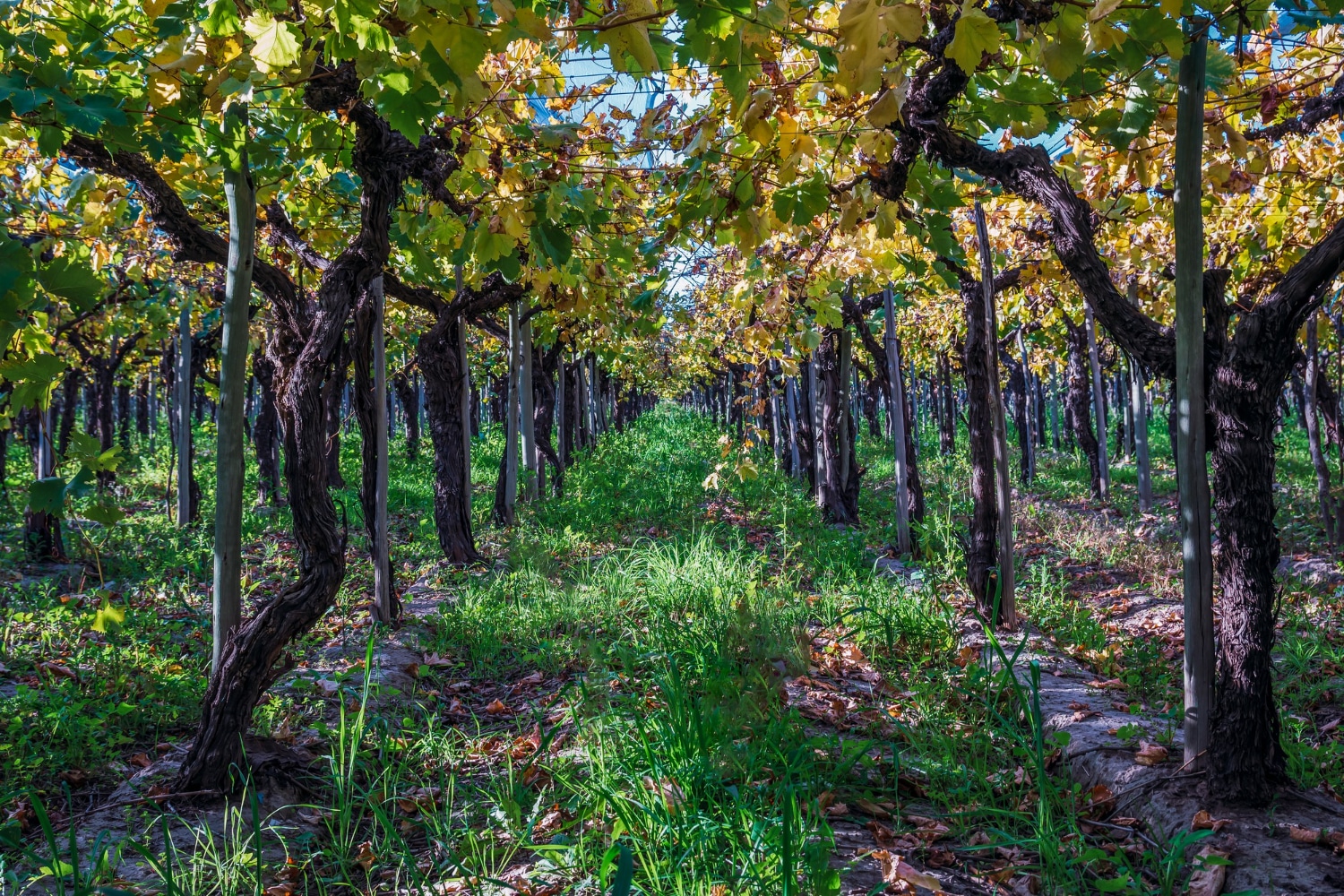Unveiling the Hidden Biodiversity Jewel: Corsica’s Chestnut Forests

The chestnut forests in Corsica are full of unsuspected and fascinating biodiversity. In addition to their economic and cultural importance, these ecosystems are also havens for many animal and plant species.
An astonishing plant diversity
The chestnut forests of Corsica are home to incredible plant diversity. Chestnut trees themselves form a dense canopy that creates an ideal habitat for many plants. Among the latter, we find species such as heather, broom, ground ivy and fern. These plants flourish in the shade of the chestnut trees and contribute to the beauty and richness of these ecosystems.
An ecosystem rich in animal species
Chestnut forests are also home to a multitude of animal species. Hollow trees and trunks provide perfect shelter for birds, bats and small mammals. In particular, you can find the black woodpecker, the robin, the lerot and the genet there. These animals play an essential role in balancing the ecosystem by dispersing seeds, pollinating flowers and controlling insect populations.
Mushrooms, hidden treasures of chestnut forests
The chestnut forests of Corsica are also home to exceptional fungal biodiversity. Fungi are an essential component of these ecosystems, playing a key role in recycling nutrients and decomposing organic matter. Among the most notable species of mushrooms are the satan boletus, the red russula and the fly agaric. These hidden treasures of the forest add a mysterious and fascinating dimension to this ecosystem.
Preserve these unique forests
Faced with the challenges of deforestation and habitat degradation, it is crucial to preserve these chestnut forests in Corsica. Their exceptional biodiversity makes them a precious natural heritage. It is important to raise public awareness of the importance of these ecosystems and to promote sustainable practices such as agroforestry, which allows chestnut production to be reconciled with the conservation of biodiversity.
The ecological benefits of chestnut forests
The chestnut forests in Corsica are not only reservoirs of biodiversity. They play a major ecological role that often goes beyond our initial understanding. In addition to their functions as species refuges and resource producers, these forests have ecological attributes that benefit the overall environment.
A role in water regulation
Chestnut forests actively contribute to the regulation of water cycles. The roots of chestnut trees, in association with those of other plants present in these ecosystems, help retain water, thus preventing runoff and soil erosion. This has the effect of preventing landslides and maintaining water quality by naturally filtering pollutants.
A natural carbon sink
Faced with the current challenges of climate change, these forests are proving to be essential carbon sinks. Chestnut trees, through photosynthesis, capture carbon dioxide from the air and store the carbon in their trunks, branches and roots. This carbon sequestration capacity helps regulate the concentration of greenhouse gases in the atmosphere, thus participating in the fight against global warming.
Allies for the soil
The fallen leaves of chestnut trees, as well as other organic matter present in these forests, decompose to enrich the soil with humus. This strengthens soil fertility and ensures the continued availability of nutrients for plants. In addition, this organic matter promotes an aerated soil structure, conducive to the development of many beneficial microorganisms.

The cultural importance of the chestnut tree for Corsica
For centuries, the chestnut tree has occupied a prominent place in Corsican culture and heritage. Much more than a simple tree, it has shaped the landscape, the economy and the daily life of the Corsicans, thus earning the nickname “breadfruit”.
Centuries of cultural symbiosis
The chestnut tree was introduced to Corsica more than a millennium ago. Residents quickly discovered the multiple benefits of this tree. Not only did it provide a nutritious fruit – the chestnut – which could be made into flour and used as a food base, but its wood was also valuable for building and heating.
Over time, generations of Corsicans have adapted their way of life around the chestnut tree. Many villages were built near chestnut forests, thus benefiting directly from its resources. Festivals and traditions linked to the chestnut harvest have emerged, strengthening the bond between man and the tree.
The chestnut: much more than just a fruit
For many Corsicans, the chestnut is more than just a fruit; it is a symbol of resilience and pride. During difficult times, when other crops failed, the chestnut became the main source of food for many families. Transformed into flour, it was used to make bread, cakes and even pasta. She played a vital role in the island’s livelihood.
Today, even if its economic importance has diminished somewhat in the face of modernization, the chestnut remains a flagship product of Corsican gastronomy. It is celebrated through various traditional and modern recipes, and every year, festivals are dedicated to it, attracting visitors from all over the world.
Preserve this cultural heritage
Recognizing the cultural value of the chestnut tree in Corsica also means understanding the need to preserve these forests. Current challenges such as tree diseases and climate change threaten this heritage. It is therefore essential to adopt sustainable practices, not only to protect the environment, but also to safeguard an important part of Corsican identity.
The sacred links between man and the forest
The chestnut forests in Corsica, beyond their ecological and economic importance, have forged deep links between man and nature. These bonds transcend generations, forging traditions and customs that continue to this day. These forests are not only green spaces where biodiversity thrives, but they also reflect a human history rich in emotions and lessons.
Ancestral stories passed down from generation to generation
Every chestnut forest in Corsica is an open book, telling stories that go back centuries. Elders tell legends of forest spirits, mystical creatures, and heroes who fought to protect these sacred lands. These stories have shaped local culture, instilling respect and reverence for these forests and all they represent.
The forest, a source of inspiration for artists
Over the centuries, many Corsican artists have been inspired by the majesty and beauty of chestnut forests. Poets, musicians, painters and writers have found an inexhaustible muse in these woods. Folk songs often evoke the beauty of forests, love, loss and the close ties that unite Corsicans with their natural environment.
Places of meditation and spirituality
For many, these forests are sanctuaries where they can connect with nature, meditate and find inner peace. The century-old trees, silent witnesses to history, offer refuge to those seeking to escape the hustle and bustle of the modern world. Ancient Corsican rituals and ceremonies, often linked to important moments in life, still find their place in the heart of these forests, strengthening the sacred bond between man and the earth.
A call for preservation and connection
Recognizing and celebrating the deep connections that exist between the Corsicans and their chestnut forests is essential to ensure their preservation for future generations. In this age of disconnection and environmental upheaval, remembering and honoring these connections can inspire a new wave of respect and care for nature. Saving these forests is not only a question of ecology, but also of preserving the Corsican soul and history.
Comments
Leave a comment